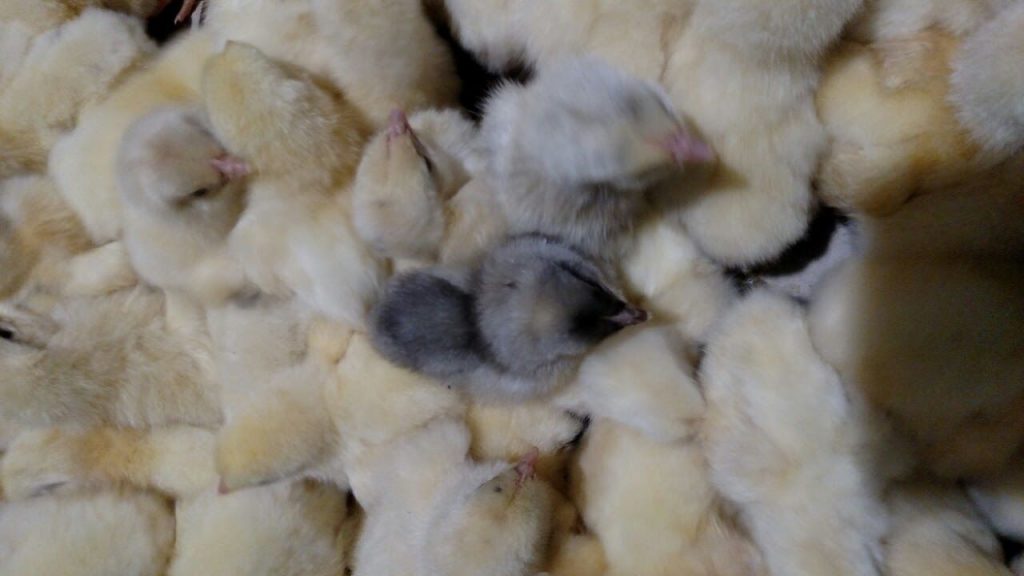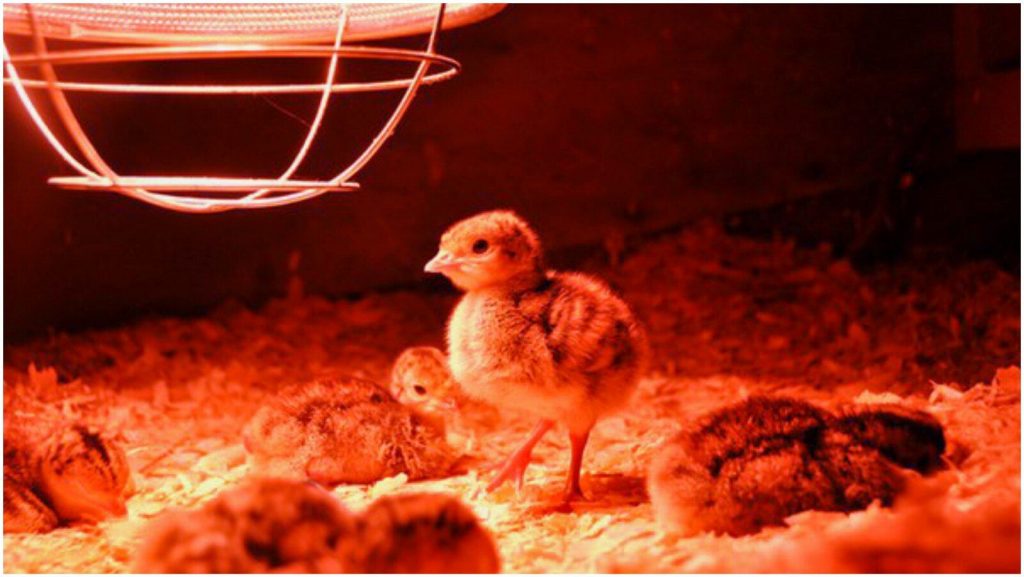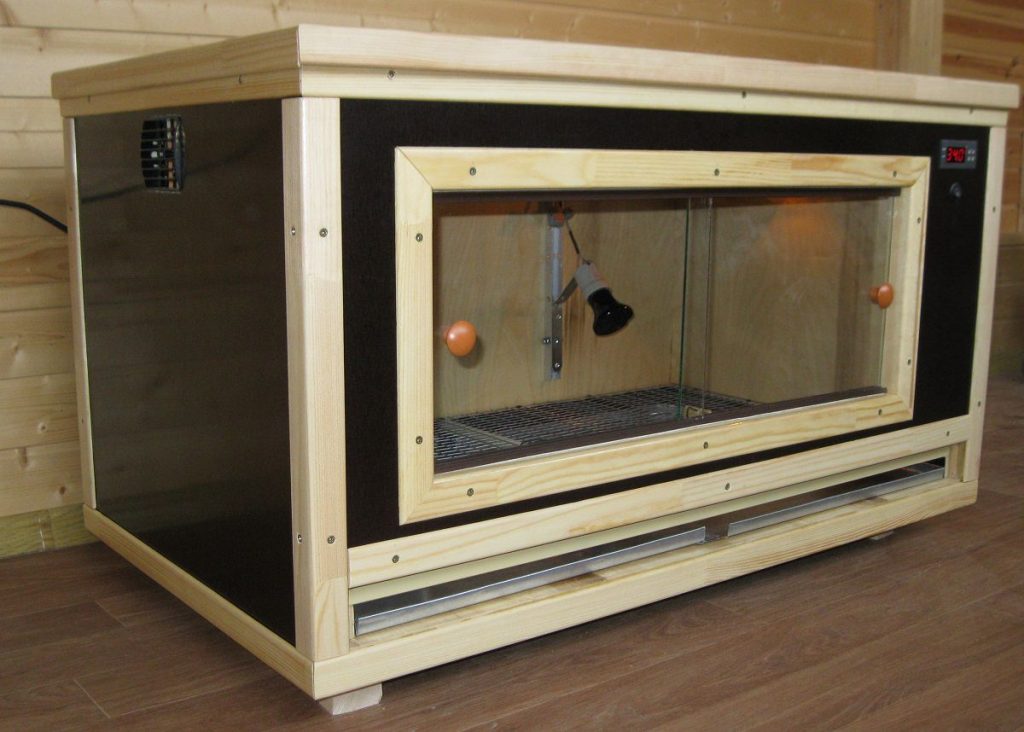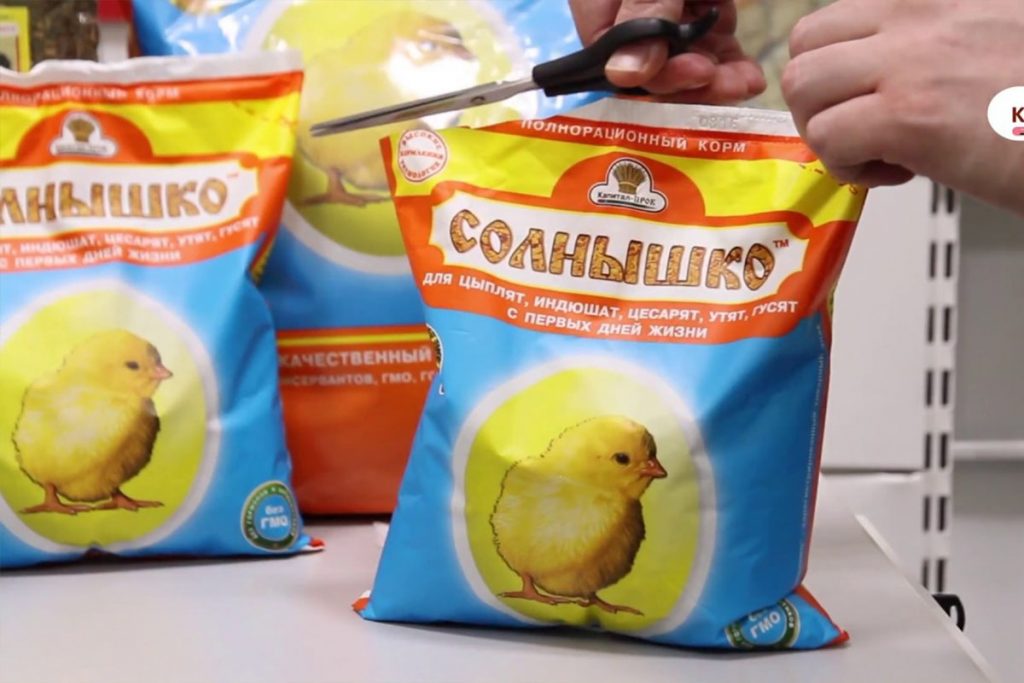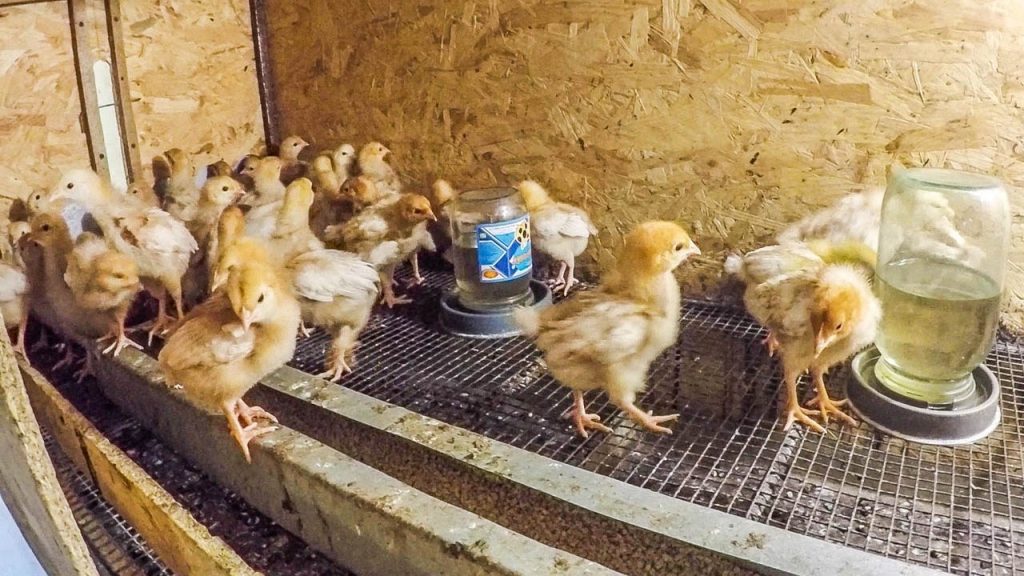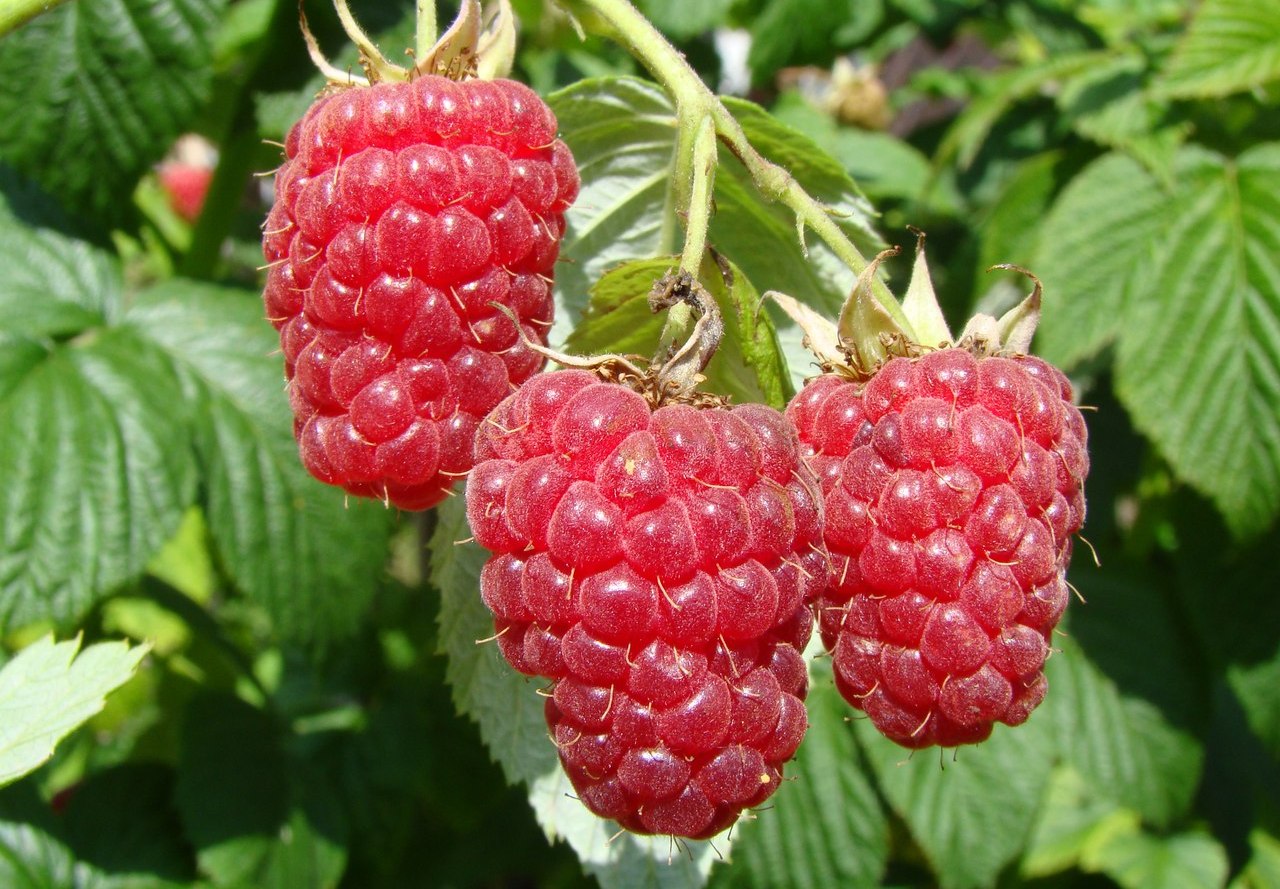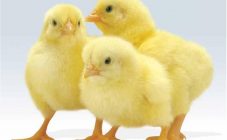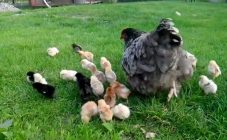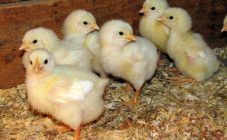Content:
Small chicks are very vulnerable and require special care. If a laying hen takes care of the chicks hatched from the eggs hatched by the brooding hen, the responsibility for keeping the hatching chicks falls on the shoulders of the poultry owners. At the same time, caring for broilers is no different from caring for chicks of egg-bearing breeds.
Major causes of death
In the first days and weeks of their life, chicks very easily die - they catch colds from any draft and catch various diseases. Therefore, in the absence of proper care for day old chicks, their mortality rate approaches one hundred percent.
The reasons for the high mortality of chickens:
- infectious and parasitic diseases (in particular, coccidiosis);
- larger animals (both predators and, for example, domestic cats);
- colds caused by temperature changes;
- digestive problems and subsequent illnesses.
In the first month of life, females and males are given special attention - this is necessary to avoid possible health problems.
Day-old chick care at home
Learning how to care for the chicks at home during the early days is especially important when it comes to hatching chicks, as she takes care of the chicks hatched by the brooding hen herself. However, even naturally bred chicks need farmer care.
Caring for day old chicks at home consists of several stages:
- maintaining a comfortable temperature;
- feeding;
- pest protection;
- disease prevention.
Temperature for chicks in the first days of life
For the survival of the chicks, it is necessary to maintain a comfortable temperature regime in the first few days of their life, and this applies not only to incubator chickens - the hen with hatched offspring is also kept warm for the first few days and only then are they moved to the street.
The suitable temperature for chicks in the first days of life is 29-30 degrees. At this level, it is maintained for 5-6 days, and then gradually begin to decrease - by degrees per day until it reaches 25-26 degrees.
After the chicks are 10 days old, the temperature continues to decrease, only now more slowly - by 2-3 degrees per week. When the heat level changes, it is important to pay attention to the chicks' well-being and to adjust the temperature level depending on whether they are hot or cold.
For a month old, the optimum temperature is 20-21 degrees. The normal state for chicks at the right temperature is activity and good appetite; if they huddle together and stay close to the heater, then the air is too cold; if they stay apart, away from the lamp, and drink a lot, it may be very hot in the cage.
In the first ten days, it is better to organize the heating of the cage so that the air is heated evenly - especially if there are many chicks and they cannot move freely around the cage. During the same period, you can use an electric heating pad for additional heating, the main thing is to make sure that the chicks cannot damage it.
As a rule, for artificial heating of the cage (or brooder) they use:
- infrared lamps;
- infrared heaters.
Each of these items has both advantages and disadvantages.
Advantages of infrared lamps:
- Relatively low price and duration of use (up to 5000 hours).
- Ease of use.
- The color of the lamp has a calming effect on the chicks.
- It is easy to maintain an optimal level of humidity in the room, since they affect not only the air, but everything in the cage.
- When using a power regulator, they allow you to change the amount of energy released - and therefore the temperature in the cage.
Disadvantages of infrared lamps:
- Requires additional lighting (although it is possible to use transparent rather than colored lamps).
- Suitable only for chicks, radiation can harm adult birds.
- They are quite vulnerable - they crack from water ingress or can be damaged by chickens, therefore, they require additional protective measures (for example, a metal mesh around the lamp).
- They consume a lot of electricity.
- Requires additional equipment or lamp height adjustments to correct air temperature.
In the first week, the recommended installation height of the red lamp is 50 cm. After that, it is fixed at a height of 75 cm for a period of 1-2 weeks. In the fourth week, the infrared lamp is fixed approximately one meter from the floor.
Infrared heaters are generally more convenient than lamps, but they have not only pros but also cons.
The advantages of using heaters are as follows:
- The ability to timely adjust the temperature in the cage.
- Minimum power consumption.
- Safety and ease of use.
- Duration of use.
- Easy to maintain optimum moisture in the brooder.
The disadvantages of infrared heaters are as follows:
- Compared to infrared lamps, the cost of heaters is much higher.
- The heater is more difficult to install.
- It may be necessary to install a thermostat to control the temperature.
- Additional light sources are required.
Thus, the choice of a heating device depends solely on the farmer. If the breeder does not plan to regularly breed hatching chicks, it is best to use a red lamp. If you plan to hatch chicks regularly, it is better to attend to a special room and use a more reliable heater.
What can be given to chickens in the early days
Feeding chicks in the first days of their life is one of the most important tasks that a poultry farmer faces if he wants to raise healthy birds. If the chicks were born from eggs hatched with a crochet, this simplifies the matter - in this case, you just need to provide them with healthy nutrition, and the hen will take care of the feeding process and how to teach the chicks to peck on their own.
With hatching pets, everything is more complicated. Firstly, they need to be fed regularly - in the first few days, every two hours. Secondly, they need to be taught to eat independently. Thirdly, the farmer will also have to monitor the amount and composition of food consumed by the chicks, as well as the condition of each chick. That is, in the first few days, the poultry farmer needs to be constantly close to the chicks, and this should be prepared in advance.
Nursing and feeding day old chicks is different from raising month old chicks. Technically, on the first day they can not be fed at all, but it is desirable.
So, one-day-old chicks are fed as follows:
- A drinker adapted for chicks with fresh water should be available in the public domain.
- If the chicks cannot drink on their own, on the first day (maximum - two) they are watered through a pipette.
- The first complementary food is given mashed boiled yolk mixed with fine crumbly cereals - millet, semolina or corn. In the first feeding, the food should be chopped as much as possible.
- If on the first day the chicks are given different types of cereals, they cannot be mixed, one feeding - one type of grain.
After a day, the diet of the pets can be slightly diversified by giving them cottage cheese and specialized feed. Starting from the age of one day, you can drink them not only with water, but also with kefir, various herbal decoctions.
Chicks can be fed fresh herbs and crushed eggshells from three days.
You can make your own feed for small chicks (10 to 20 days old). To do this, grind and mix:
- corn - 2.5 cups;
- vegetable oil - 1 tablespoon;
- wheat - 2/3 cup;
- powdered milk - a quarter cup;
- fresh grass;
- feed yeast - two to three tablespoons;
- fishmeal - a third of a glass.
When feeding young chicks, it is important to ensure that they are all well fed. If a chicken eats poorly or is too weak to break through to the bowl, he must be planted separately from everyone, provide him with a full healthy diet and give him strength.
From two weeks old, chickens can be fed boiled vegetables.
When chicks are 1 month old, what to feed? Since by this age they are already quite strong and can be transferred from home to a regular chicken coop, they are fed in almost the same way as adult birds. The only difference is in the type of feed - it is better to give not whole grains, but coarse grains, and at the age of 1 month they still cannot hay.
Monthly chicks are fed:
- coarse grains;
- chopped fresh grass;
- boiled vegetables;
- compound feed;
- cottage cheese;
- add vitamin supplements to food.
How many chickens to keep in a brooder
A brooder is a small house designed to raise chicks until they are strong enough to live freely among adult birds, that is, from an age of 1-1.5 months. A chicken brooder is no different from a house designed for chicks of other species, such as quails. You can make it yourself or buy a ready-made one. The material used depends on where the device will be located - in a heated room or outdoors.
Brooders vary in size and shape, however, since they serve the same function, there must be a number of common must-haves. Excluding walls and roofs, chicks usually include:
- removable pallet;
- heater;
- lamps for lighting;
- door;
- ventilation;
- feeder;
- fixed drinker.
As a rule, a thermostat is added to the design.
The brooder can be divided into sections so that it is possible to plant diseased chicks, or levels so that birds can be placed without fear that they will trample each other.
Since chickens not only drag and trample feed and splash water, but also defecate, the design of the drinker and feeders must be such that at the same time they remain stable and can be removed from the house at any time for cleaning.
In a brooder, broilers can be raised until they reach full maturity - of course, if we are talking about a large, reliably made house.
How to raise chickens: tips and tricks from experienced poultry farmers
The main efforts of the poultry farmer should be aimed precisely at preserving the population of chicks.
- After the chick hatches, it is immediately removed from the incubator.
- The first vaccination of pets is carried out on the first day of their life.
- Maintaining a constant comfortable temperature and no drafts.
- The room in which the chicks are raised must be protected from both pests and pets (cats and dogs).
- It is necessary to keep the cage or brooder clean, and promptly clean the pallet and change the litter.
- Weak or sick chicks need to be removed to give them the opportunity to recover and get stronger.
In general, before raising chicks, you should first consult with your veterinarian in order to know exactly what vaccinations are given to the chicks and what food is best for them.
